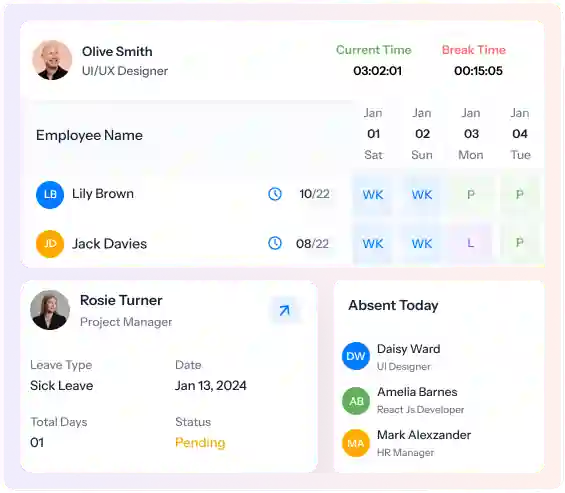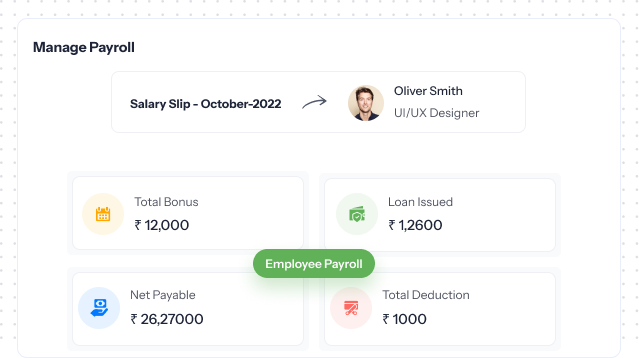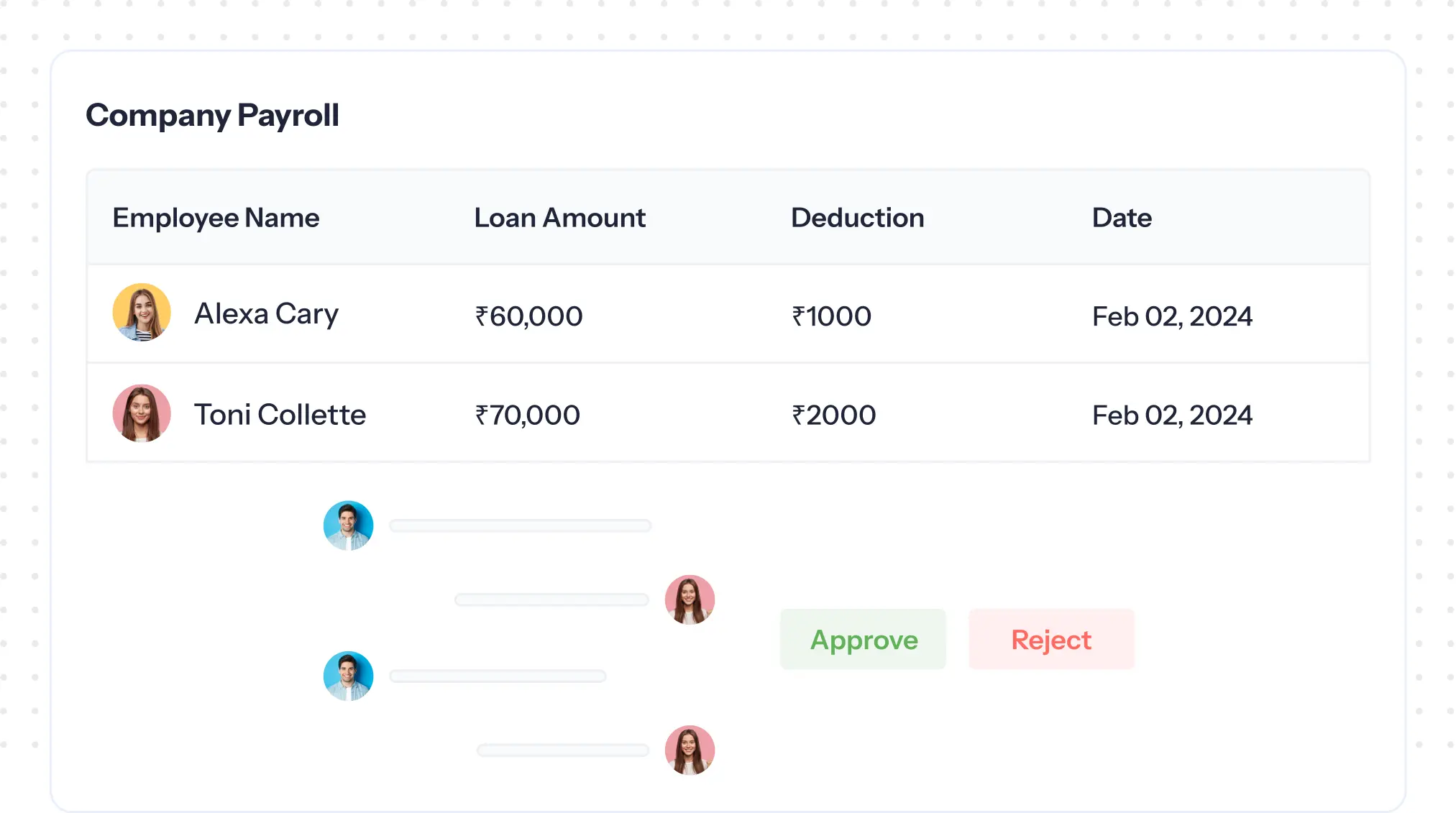Yes, it is a great solution that allows you to configure flexible salary payments tailored to individual employees, ensuring compliance with organizational policies.
Grab a chance to avail 6 Months of Performance Module for FREE
Book a free demo session & learn more about it!
-
Will customized solution for your needs
-
Empowering users with user-friendly features
-
Driving success across diverse industries, everywhere.
Grab a chance to avail 6 Months of Performance Module for FREE
Book a free demo session & learn more about it!
Superworks
Modern HR Workplace
Your Partner in the entire Employee Life Cycle
From recruitment to retirement manage every stage of employee lifecycle with ease.


Seamless onboarding & offboarding
Automated compliance & payroll
Track performance & engagement
Corporate Clients
Industry Served
Active Users
Productivity Growth
“Superworks is the go-to solution for all your HR requirements. For small teams like ours that are looking to grow fast.”
- Neeraj Singal -
“Super tool for automating business processes. For a small team like ours it helps automate most business processes from HR to Ticketing and more.”
- Gaurav Bhawnani -
What makes Super Payroll the preferred software over other solutions?
Get your hands on amazing features, modules, and much more
Quick Calculations
Facilitates easy, accurate, and fast payroll computation.
Enable Payroll Compliance
Simplified compliance management makes you worry-free
Happy Employees
Timely and error-free payroll helps to keep your workforce happy & satisfied
Instant Report Generation
Generate concise reports in less than 10 minutes
Hassle-Free Payroll
Calculate, review, and process payroll in a tap
No More Paperwork
The centralized location for complete payroll data
Supercharge your payroll with automation
Never miss a salary slip or lose an employee due to poor payroll management
Manage loans at your fingertips
Skip the manual system and make the whole loan management process a cakewalk with our payroll processing software.
Fill out the details & apply for a loan
Get an overview of the payable amount
Select the installment amount
Get a provision of auto-deduction
Generate automated payslips online
Create salary slips from the payroll history and filter them by employee name, month, and year.
Two-step payslip generation
Readily available payslip templates
Quick glimpse of employees
Individual payslip generation
Follow compliance requirements
Do all your payouts and taxation systematically, ensuring accurate payroll and statutory compliance
Generate real-time compliance reports
Let employees declare their own investments
Auto-deduct TDS for employees
Several statutory setting
Manage employee bonus like a pro!
View, calculate bonus & approve or reject bonus applications of employees from a single window
Access to bonus details
More transparency
Easy bonus application process
Option of filtering out
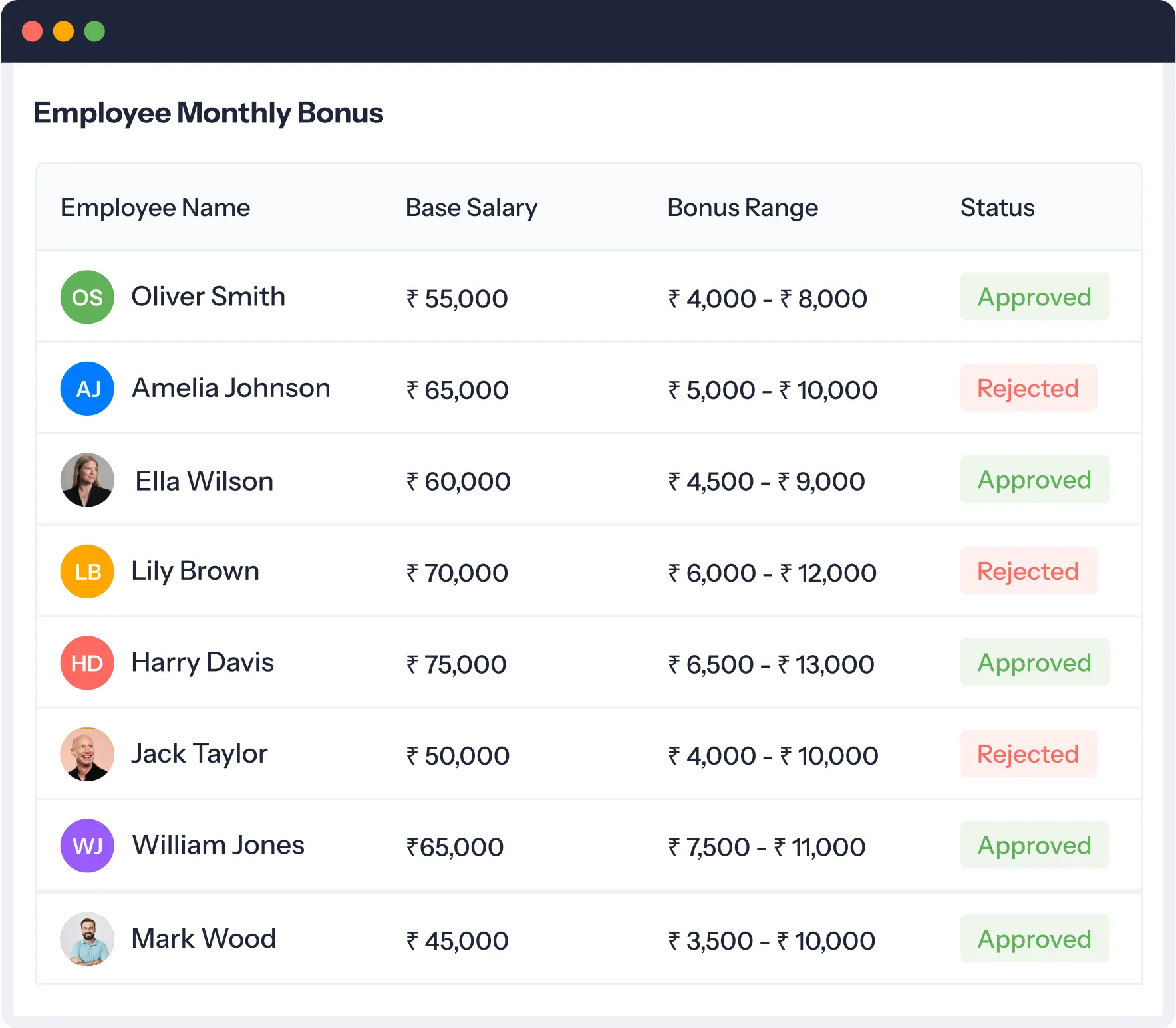
Streamline salary structures
Say goodbye to the time-consuming process of creating salary structures and create salary structures automatically.
Auto-calculate CTC of new employees
User-friendly and simple interface
Choose a wide variety of components
Customizable salary structures
Get payroll analytics in a blink
A listicle view of all the employees and their salary details at a centralized place to avoid unnecessary confusion and mistakes.
Easy-to-understand representation
Check out employee activities
Get real-time payroll insights
Mail reports effortlessly
Have complete control over employee compensation!
Plan and budget your employee compensations systematically with our super-intuitive payroll software.
Track revision cycles
Get Compensation analytics
Error-free reimbursements
Complete overview of compensation
Opt for perfect salary disbursement solution
Disburse salary with direct deposit to employees’ accounts after proper payroll calculation.
Directly deposit to account
Easy bank transfer
Deductions and variables
4 clicks easy payroll
Normalize one-click payroll in your organization!
Eliminate all the complicated payroll procedures & refine your cumbersome operations!
- Better efficiency
- Enhanced teamwork
- Easily customizable
Super Payroll is the ultimate SAVIOUR
It’s time to take the payroll burden off your team’s shoulders!
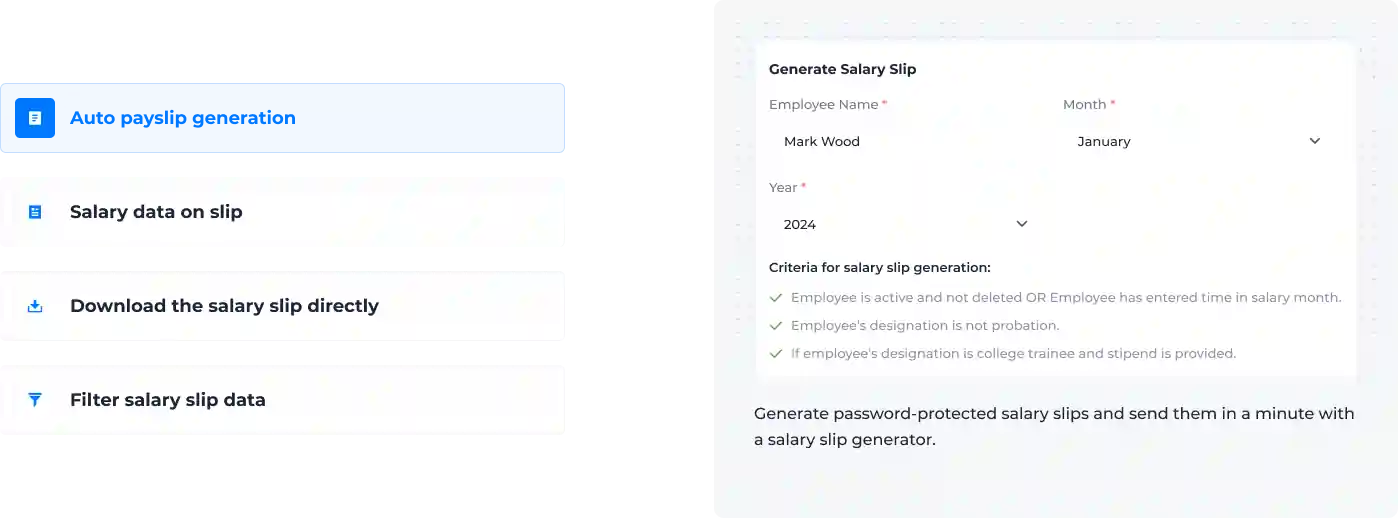
Why 200+ Companies Switched to our HR Payroll Software?
Hear from the people who love & trust our employee payroll software

